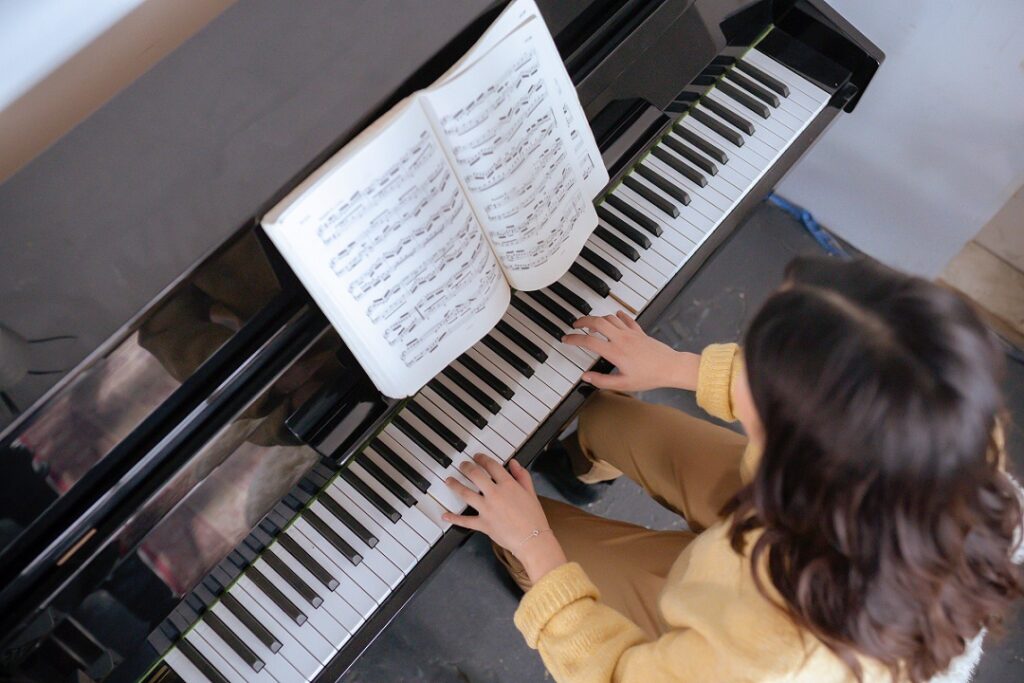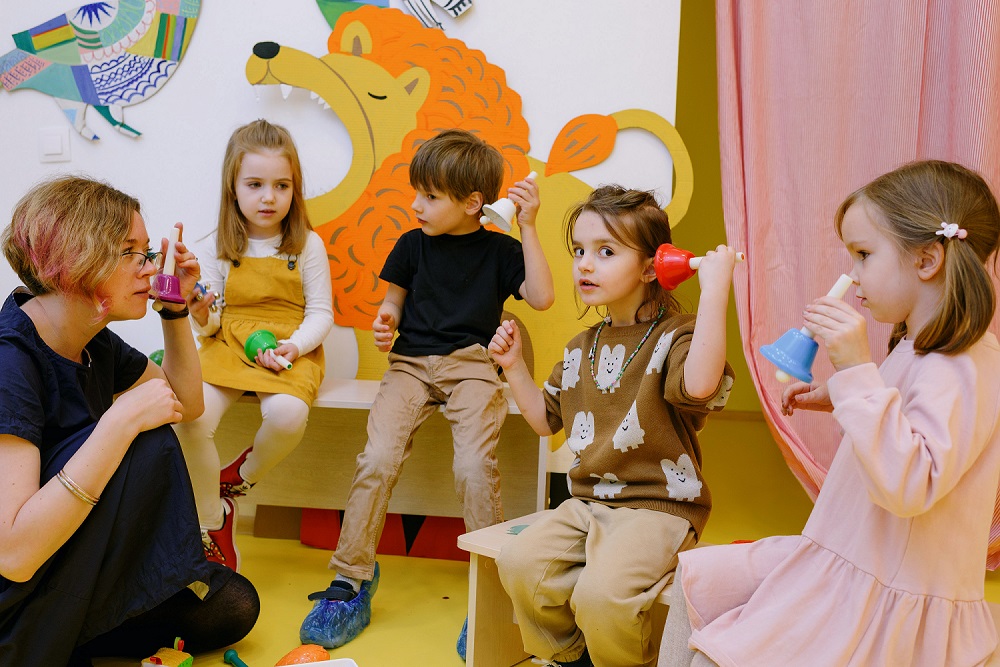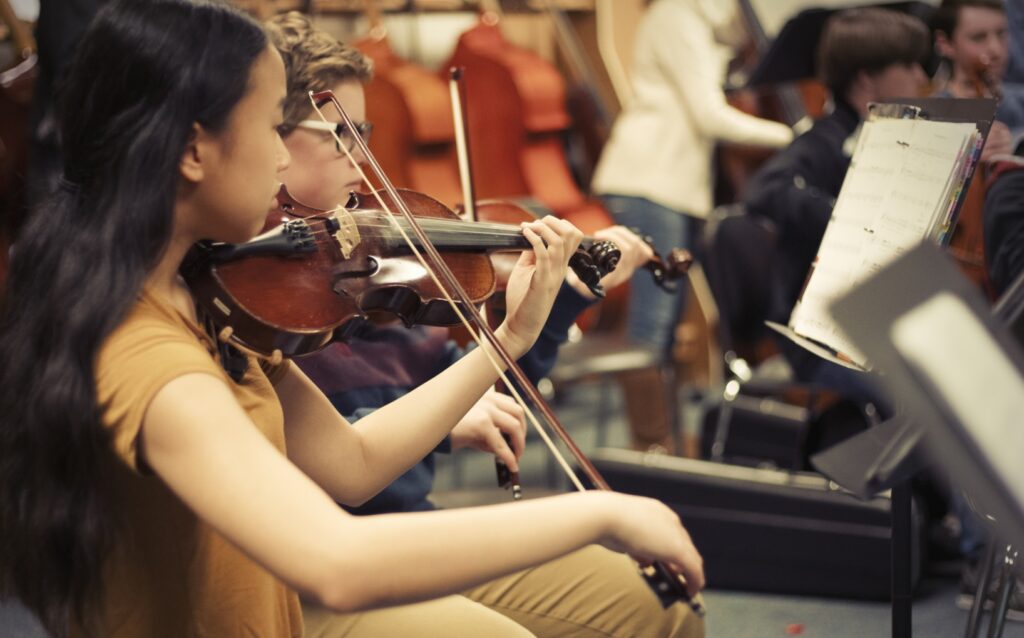Tagged Under:
5 Ways to Keep Elementary Students Engaged
Try these five lessons that will keep elementary school students motivated and excited about learning about music.
After the first month or two of the school year, it can be very challenging to keep your elementary students engaged. Here are five lessons that I have used to keep my students motivated and excited about learning music, even on a Monday morning!
Music Appreciation Sculptures
Do you have a hard time getting your students to remain focused and still during listening exercises? Try music-appreciation sculptures, an idea that I picked up from a local Orff group. I adapted it slightly to make it more of an individual project rather than a group one for younger students.
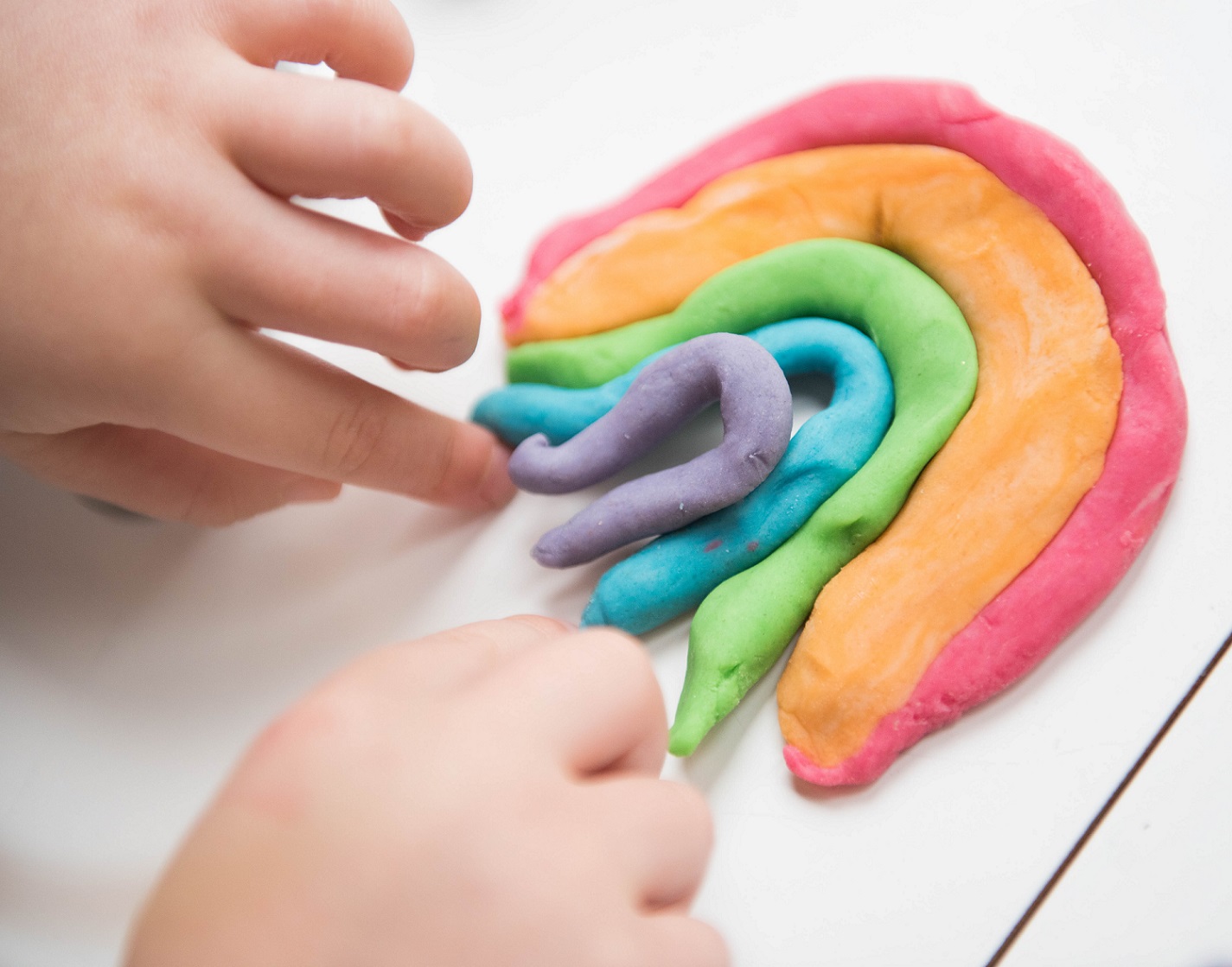 First, purchase a set of 25 to 30 mini play doughs. Next, borrow a set of vinyl spot markers from the gym. Make sure you have one per student. Space out the spot markers across the classroom before your students arrive.
First, purchase a set of 25 to 30 mini play doughs. Next, borrow a set of vinyl spot markers from the gym. Make sure you have one per student. Space out the spot markers across the classroom before your students arrive.
Welcome your students and begin class with a listening exercise. Have the students think about what the music would look like. Ask prompting questions, such as “Does this sound like an animal?” or “What is happening here?”
Next, assign each student a spot marker and pass out a play dough container to each pupil. Have students make a sculpture according to their imagination. Walk around and monitor the class and provide more prompting questions like “What emotion does this part feel like?” and “If this song was in a movie, which movie would it be in?”
Assessment tip: It can be difficult to quantify and grade musical appreciation and responsiveness, but these individual sculpture projects make excellent assessments for the gradebook.
Next, separate the class into groups of two or three. (This part can get tricky when it comes to teamwork and opinions, so it’s best for group work to be limited to mid- and upper-elementary students.) Have students make a multicolored, collective sculpture to the music. At the end of class, have each group present and explain the artwork. Music-appreciation sculptures will have your students listening to a symphonic suite for close to one hour without growing fidgety.
A Dance a Day
Not all classrooms can afford the resources to pull off manipulative-heavy lessons, such as music-appreciation sculptures, on a regular basis. But luckily, dancing doesn’t require any equipment at all.
I know that incorporating dance into the classroom can be an overwhelming task but having a couple of go-to dances can help your students get their wiggles out in a productive way. Try swapping out your Kidz Bop dance break for the following line dances and movement games:
- “2, 4, 6, 8 Meet Me at the Garden Gate” — this is the perfect 1st grade introduction to a structured partner dance
- “Old Brass Wagon” — try this dance game for students who are too young to do highly structured dances
- “Wolf” — this is another dance game for students who are too young to do highly structured dances
- “Alabama Gal” — Try this one if you want a challenge! This partner dance is a much more complex folk dance and works well for 3rd grade and up. This is the perfect opportunity to teach movement terms like sashay and arch. This four-section traditional dance will keep both you and your students on your toes.
Clapping Games
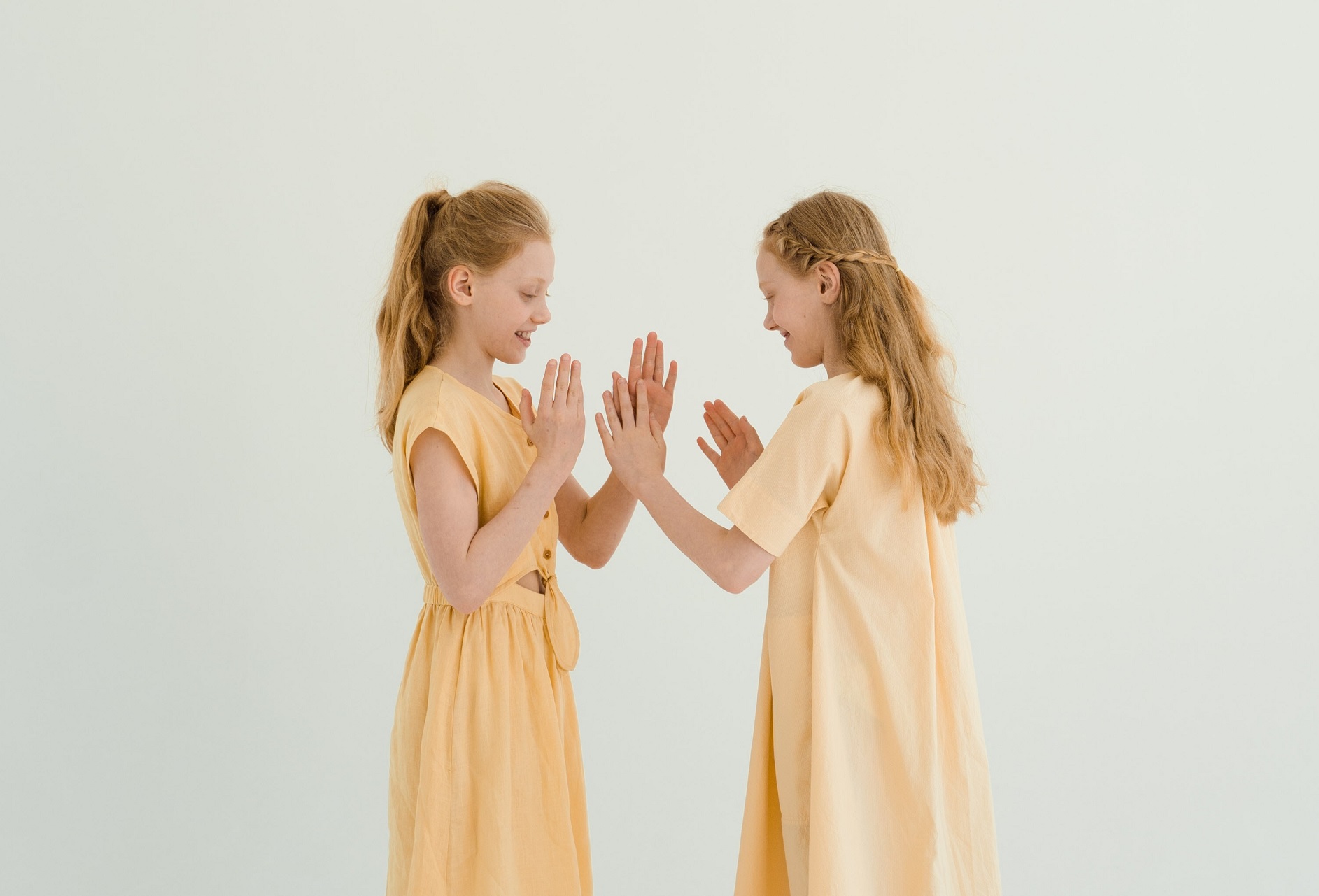 Clapping games are another way to give your students a fun break but still practice music. Try clapping games as a stationary break, especially when your classroom is too excitable to do line dances.
Clapping games are another way to give your students a fun break but still practice music. Try clapping games as a stationary break, especially when your classroom is too excitable to do line dances.
Some examples of clapping games that help students work on internalizing steady beats and rhythms include:
- “Double Double,” “Miss Mary Mack” and “Lemonade” — these three clapping games are all pretty similar. They teach the same principles but keep your students engaged because they are all separate songs (sneaky, right?).
- “Choco-Choco-La-La” — If you’d like to work on something that will get your Spanish-speaking students excited, try this traditional clapping game. This game uses a similar pattern to “Miss Mary Mack” but faster, and it comes with a really entertaining music video.
- “Down by the Banks (of the Hanky Panky)” — For something a bit harder (and more competitive), try this complex game, which requires the steady beat to be passed down the circle between students. Whoever gets tapped on the last note of the phrase is out!
Bring in Unusual Instruments
When all else fails, bring out an unusual instrument. I’ve shared the didgeridoo, djembe, piccolo or another surprising instrument to call students’ attention back. I love introducing odd musical instruments in the middle of the year or right before holiday breaks when pupils tend to have a shorter attention span.
Orff Stories
 Use Orff stories to incorporate both reading and creativity. These stories are perfect for events like reading week, when your school may ask you to read instead of play instruments: Why not do both?
Use Orff stories to incorporate both reading and creativity. These stories are perfect for events like reading week, when your school may ask you to read instead of play instruments: Why not do both?
Many educators prefer to read the story through once before allowing students to add in the musical instruments of their choice. Start by giving guiding questions, such as: “Does this make a sound?” or “What instrument sound would go with the splash of the water?” After the first read-through, set out a row of instruments that students can choose from.
The beautiful thing about Orff stories is that there are no wrong answers. One short story can actually take up an entire class period. Everyone in the class can play multiple parts and watch how their classmates interpret sounds differently.
Music educator Matthew Stensrud created an excellent example of an Orff sound story with the children’s book “Mama, Will it Snow Tonight?”
Key tip: Keep in mind that not every children’s book makes for a good Orff retelling. Try finding books with repetitive themes, and a lot of onomatopoeia.
Books that I have used for Orff stories include:
- “She’ll Be Comin’ Round the Mountain”
- “The Little Green Frog”
- “Cat Goes Fiddle-I-Fee”
- “Click Clack Boo!”
- “Way Down Deep in the Deep Blue Sea”
- “This Old Man”
With a couple of extra manipulatives, a bit more movement and some creative storytelling, you can keep your classroom more engaged than ever. Even when it’s just before Thanksgiving break!













